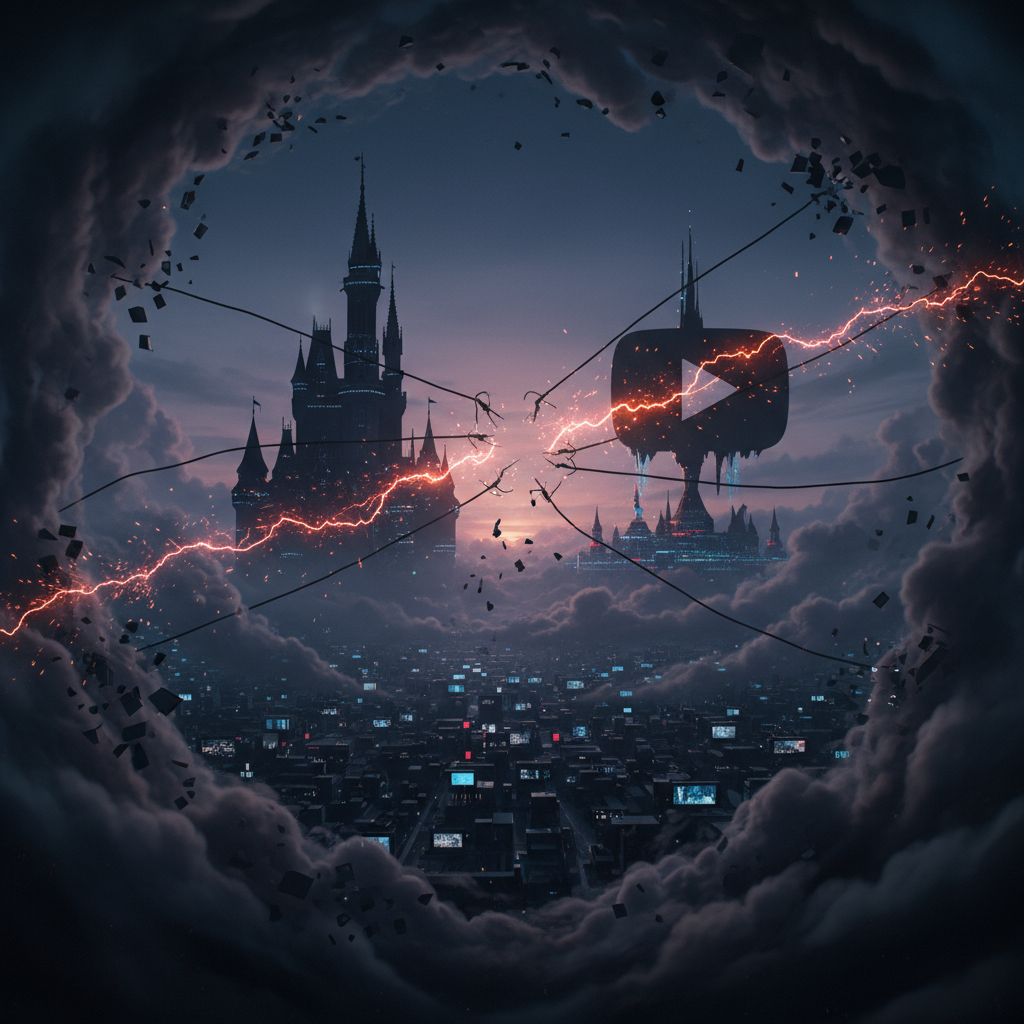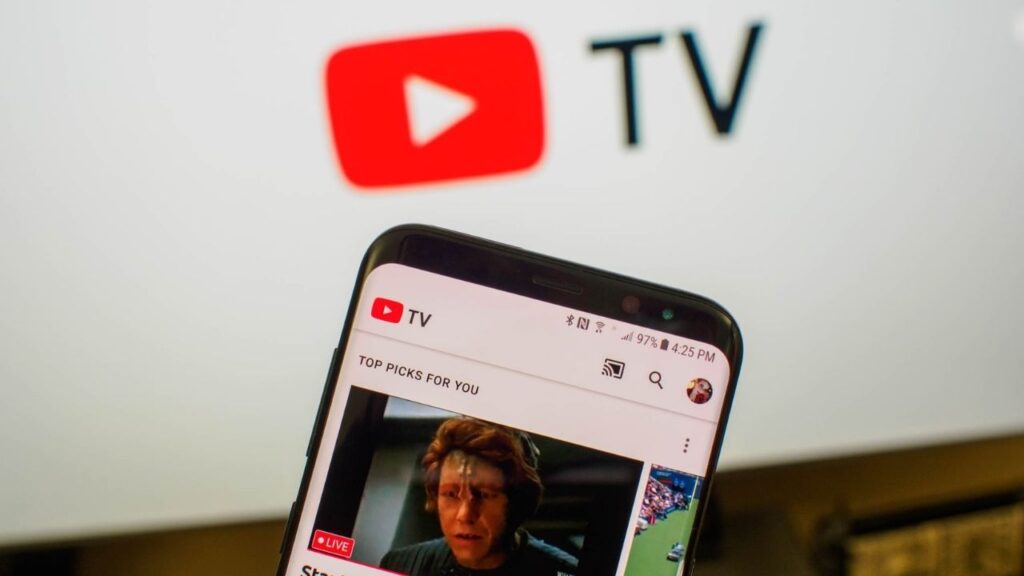The standoff continues, folks. If you’re a YouTube TV subscriber and a Disney fan, you’re likely still feeling the pinch. The blackout of Disney-owned channels, including ESPN, ABC, FX, and National Geographic, persists as YouTube TV and Disney remain unable to reach an agreement on a new content deal. Let’s dive into what’s happening and what it means for you.
The Blackout: A Quick Recap

For those just tuning in, the dispute centers around the cost that Disney wants to charge YouTube TV to carry its channels. YouTube TV argues that Disney’s demands are too high and would ultimately lead to increased subscription prices for consumers. Disney, on the other hand, contends that their content is valuable and warrants the fees they are requesting. This disagreement led to the removal of Disney-owned channels from YouTube TV’s lineup, leaving many subscribers without access to live sports, popular shows, and news programming.
Think about it: losing ESPN in the middle of football season is a major blow for sports enthusiasts. Families who rely on ABC for local news and primetime shows are also feeling the impact. The blackout has affected a wide range of viewers, highlighting just how deeply Disney’s content is embedded in the American television landscape.
Why the Stalemate? Examining the Key Issues
The Price Point: A Battle Over Value
At the heart of the problem is the price. Disney is a media giant, and its channels command significant viewership. They believe this justifies their asking price. However, YouTube TV, like other streaming services, is trying to keep its subscription costs competitive. They argue that agreeing to Disney’s terms would force them to raise prices, potentially driving customers to other platforms.
The streaming market is incredibly crowded. Consumers have numerous options, from Netflix and Hulu to Sling TV and FuboTV. YouTube TV knows it can’t afford to become significantly more expensive than its rivals without losing subscribers. This puts them in a tough position, forcing them to play hardball with content providers like Disney.
The Future of Streaming: A Changing Landscape
This dispute isn’t just about the present; it’s also about the future of streaming. Traditional media companies like Disney are increasingly focused on their own direct-to-consumer streaming services, such as Disney+ and ESPN+. They are becoming more protective of their content and may be less willing to offer favorable deals to third-party platforms like YouTube TV.
Think of this as a power struggle. Disney is trying to assert its dominance in the streaming world, while YouTube TV is pushing back to maintain its independence and control over its pricing. The outcome of this battle could have significant implications for the entire streaming industry.
Contractual Leverage and Negotiation Tactics
Both sides are employing classic negotiation tactics. Disney likely understands that some viewers will switch streaming services to regain access to their channels. YouTube TV hopes that the sustained pressure of the blackout will eventually force Disney to compromise. These public disputes are calculated moves designed to influence public opinion and ultimately, the negotiation process.
The media plays a large role in shaping public perception. Both companies are likely using PR to their advantage, trying to frame the situation in a way that makes them look reasonable and the other side look greedy. Ultimately, the court of public opinion can have a real impact on the negotiation’s outcome.
What Can YouTube TV Subscribers Do?
Unfortunately, there’s no easy answer. The most immediate solution is to consider alternative streaming services that carry Disney-owned channels. Hulu + Live TV, for example, includes many of the same channels that are currently unavailable on YouTube TV. However, switching services can be a hassle, and you may lose access to other features or channels you value.
Another option is to contact both YouTube TV and Disney to express your dissatisfaction. While individual complaints may not have a huge impact, a coordinated effort from subscribers could help to put pressure on both companies to reach a resolution. You can also explore alternative ways to access Disney content, such as subscribing directly to Disney+ or ESPN+.
Don’t forget to monitor the news and social media for updates on the negotiations. The situation is fluid, and a resolution could be reached at any time. Staying informed will help you make the best decision for your viewing needs.
Looking Ahead: When Will the Blackout End?
Predicting the end of the stalemate is difficult. Negotiations can be unpredictable, and both sides have a strong incentive to stand their ground. However, the longer the blackout lasts, the more pressure both companies will face to find a compromise. Ultimately, a deal will likely be reached, but the terms of that deal remain uncertain.
The most likely outcome is a compromise where both sides give a little. Disney might agree to a slightly lower rate, and YouTube TV might agree to a modest price increase for subscribers. It’s also possible that they could explore alternative arrangements, such as offering a discounted bundle that includes Disney+ or ESPN+.
Regardless of the outcome, this dispute serves as a reminder of the changing dynamics of the media landscape. As streaming continues to evolve, expect to see more of these types of content disputes. Hopefully, in the future, companies will prioritize the viewing experience of their customers over profit margins. Until then, we’ll continue to keep you updated on the latest developments.
